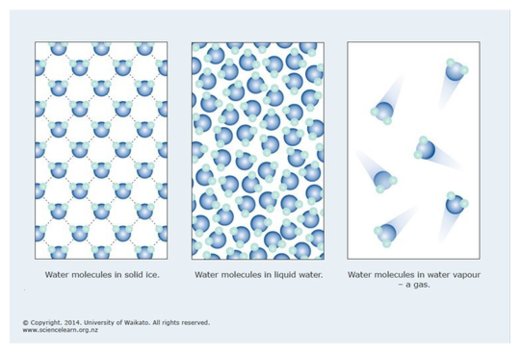OF THE
TIMES
A nation that continues year after year to spend more money on military defense than on programs of social uplift is approaching spiritual doom.
to allow the government to collect the actual content of your conversations (phone calls, text messages, video chats, emails and other electronic...
If this was to die on the senate floor, this one bill would be good one to die.
That area of the planet has been experiencing extreme tension since the Solar Eclipse. Tonight is a difficult 🦂 FullMoon.
Off leash or what? Did the mother think her 15mo child needed to visit a couple of pit bulls for fun? This story is so badly written it makes one...
Did that include being chief fluffer for Big Mike :O The defendant held multiple roles in the Obama administration Fluffer (Wiki explanation) -...
To submit an article for publication, see our Submission Guidelines
Reader comments do not necessarily reflect the views of the volunteers, editors, and directors of SOTT.net or the Quantum Future Group.
Some icons on this site were created by: Afterglow, Aha-Soft, AntialiasFactory, artdesigner.lv, Artura, DailyOverview, Everaldo, GraphicsFuel, IconFactory, Iconka, IconShock, Icons-Land, i-love-icons, KDE-look.org, Klukeart, mugenb16, Map Icons Collection, PetshopBoxStudio, VisualPharm, wbeiruti, WebIconset
Powered by PikaJS 🐁 and In·Site
Original content © 2002-2024 by Sott.net/Signs of the Times. See: FAIR USE NOTICE

It's Ice-9! Run! See 'Cat's Cradle by Kurt Vonnegut, (RIP).
Cats Cradle is one of his strangely cool books where:
- besides KV’s general discussion of the numerous crystalline states that water can exist as (given certain pressures and temperatures) [which types also include his fictional, but plot-essential, and super-SCARY! ‘Ice-9', which makes Nukes seem firecrackers] -
- that the reader can also learn that some (fictional?) book editor types believe that they can tell if someone is gay by the way that they draft an index to one of their own books.
The book is full of super short chapters, and to plagiarize from WikiPeePeeAhhhh, although short, the book "contains 127 discrete chapters. Vonnegut himself has claimed that his books "are essentially mosaics made up of a whole bunch of tiny little chips...and each chip is a joke."
So here’s a link to Chapter 55, "Never Index Your Own Book": [Link] . (Go ahead - have a quick read.)
R.C.
*As to KV’s Ice-9, look it up. (OK, here's a WikiP.P.Ahh link for the lazy: [Link] )
RC